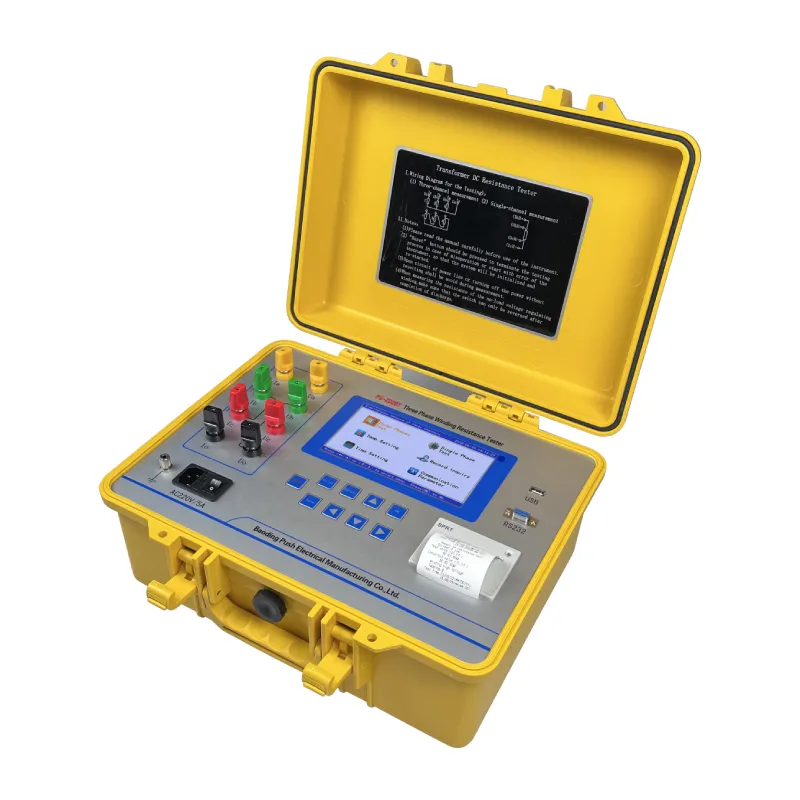 English
English



-
 Afrikaans
Afrikaans -
 Albanian
Albanian -
 Amharic
Amharic -
 Arabic
Arabic -
 Armenian
Armenian -
 Azerbaijani
Azerbaijani -
 Basque
Basque -
 Belarusian
Belarusian -
 Bengali
Bengali -
 Bosnian
Bosnian -
 Bulgarian
Bulgarian -
 Catalan
Catalan -
 Cebuano
Cebuano -
 China
China -
 China (Taiwan)
China (Taiwan) -
 Corsican
Corsican -
 Croatian
Croatian -
 Czech
Czech -
 Danish
Danish -
 Dutch
Dutch -
 English
English -
 Esperanto
Esperanto -
 Estonian
Estonian -
 Finnish
Finnish -
 French
French -
 Frisian
Frisian -
 Galician
Galician -
 Georgian
Georgian -
 German
German -
 Greek
Greek -
 Gujarati
Gujarati -
 Haitian Creole
Haitian Creole -
 hausa
hausa -
 hawaiian
hawaiian -
 Hebrew
Hebrew -
 Hindi
Hindi -
 Miao
Miao -
 Hungarian
Hungarian -
 Icelandic
Icelandic -
 igbo
igbo -
 Indonesian
Indonesian -
 irish
irish -
 Italian
Italian -
 Japanese
Japanese -
 Javanese
Javanese -
 Kannada
Kannada -
 kazakh
kazakh -
 Khmer
Khmer -
 Rwandese
Rwandese -
 Korean
Korean -
 Kurdish
Kurdish -
 Kyrgyz
Kyrgyz -
 Lao
Lao -
 Latin
Latin -
 Latvian
Latvian -
 Lithuanian
Lithuanian -
 Luxembourgish
Luxembourgish -
 Macedonian
Macedonian -
 Malgashi
Malgashi -
 Malay
Malay -
 Malayalam
Malayalam -
 Maltese
Maltese -
 Maori
Maori -
 Marathi
Marathi -
 Mongolian
Mongolian -
 Myanmar
Myanmar -
 Nepali
Nepali -
 Norwegian
Norwegian -
 Norwegian
Norwegian -
 Occitan
Occitan -
 Pashto
Pashto -
 Persian
Persian -
 Polish
Polish -
 Portuguese
Portuguese -
 Punjabi
Punjabi -
 Romanian
Romanian -
 Russian
Russian -
 Samoan
Samoan -
 Scottish Gaelic
Scottish Gaelic -
 Serbian
Serbian -
 Sesotho
Sesotho -
 Shona
Shona -
 Sindhi
Sindhi -
 Sinhala
Sinhala -
 Slovak
Slovak -
 Slovenian
Slovenian -
 Somali
Somali -
 Spanish
Spanish -
 Sundanese
Sundanese -
 Swahili
Swahili -
 Swedish
Swedish -
 Tagalog
Tagalog -
 Tajik
Tajik -
 Tamil
Tamil -
 Tatar
Tatar -
 Telugu
Telugu -
 Thai
Thai -
 Turkish
Turkish -
 Turkmen
Turkmen -
 Ukrainian
Ukrainian -
 Urdu
Urdu -
 Uighur
Uighur -
 Uzbek
Uzbek -
 Vietnamese
Vietnamese -
 Welsh
Welsh -
 Bantu
Bantu -
 Yiddish
Yiddish -
 Yoruba
Yoruba -
 Zulu
Zulu
short circuit test on transformer is conducted to determine
Short Circuit Test on Transformer An Essential Evaluation
Transformers play a crucial role in the electrical power system, ensuring that voltage levels are suitable for transmission and distribution. Their reliability and efficiency are vital for the overall performance of electrical networks. To assess transformer performance, various tests are conducted, one of which is the short circuit test. This test is primarily aimed at determining important parameters such as the transformer’s impedance, copper losses, and its ability to withstand fault conditions.
The short circuit test is carried out on the low-voltage side of a transformer while keeping the high-voltage side open. This setup is critical as it simulates the conditions that a transformer would experience during a fault. By short-circuiting the secondary winding, the test allows the application of a reduced voltage on one side while measuring the resulting current and voltage drop across the transformer.
One of the key objectives of the short circuit test is to determine the impedance of the transformer. Impedance is a critical parameter because it affects how the transformer responds to changes in load and fault conditions. By measuring the short-circuit current and the applied voltage, engineers can calculate the percent impedance (%Z), which gives insights into the voltage drop under full-load conditions.
short circuit test on transformer is conducted to determine

The short circuit test also provides essential information regarding copper losses, which are associated with the resistance of the winding conductors. Copper losses increase with the square of the load current, and by analyzing the relationship between the short-circuit current and the induced losses, engineers can effectively estimate the thermal performance of the transformer under various loading scenarios. This information is invaluable for ensuring that the transformer can operate efficiently and safely within its rated capacity.
Furthermore, the test offers insight into the transformer's robustness and reliability during fault conditions. Transformers are often subjected to sudden changes in load or short circuits in the power system, which can result in high currents flowing through the windings. The short circuit test helps in assessing how the transformer withstands these conditions without incurring damage or failure. This assessment ultimately contributes to the protection schemes implemented within power systems, enhancing operational safety and reliability.
In conclusion, the short circuit test is an essential evaluation for transformers, providing critical data on impedance, copper losses, and fault resistance. Through this test, engineers can ensure that transformers are capable of handling various operational challenges while maintaining efficiency and safety. This evaluation not only helps in the design and manufacture of transformers but also plays a critical role in maintaining the reliability of electrical power systems. As our reliance on robust power infrastructure continues to grow, the importance of stringent testing like the short circuit test cannot be overstated. It is a key step in safeguarding our energy resources and ensuring efficient power delivery to end-users.
-
Testing Equipment Industry Sees Major Advancements in 2025: Smart & Precision Technologies Lead the WayNewsJun.06,2025
-
Applications of Direct Current Generators in Renewable Energy SystemsNewsJun.05,2025
-
Hipot Tester Calibration and Accuracy GuidelinesNewsJun.05,2025
-
Digital Circuit Breaker Analyzer Features and BenefitsNewsJun.05,2025
-
Benefits of Real-Time Power Quality Monitoring Devices for Industrial EfficiencyNewsJun.05,2025
-
Earth Fault Loop Testing in High-Rise Building Electrical SystemsNewsJun.05,2025



